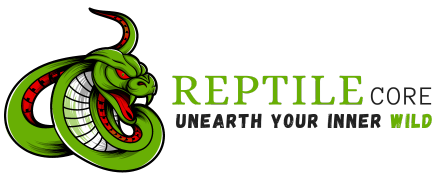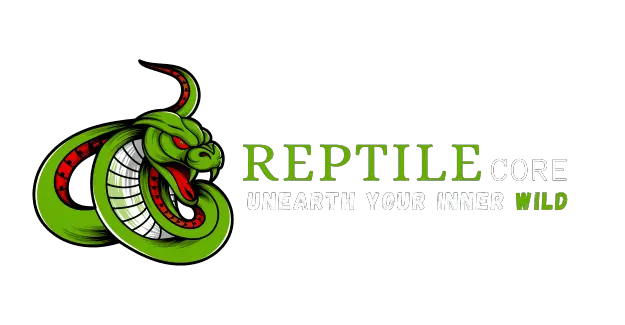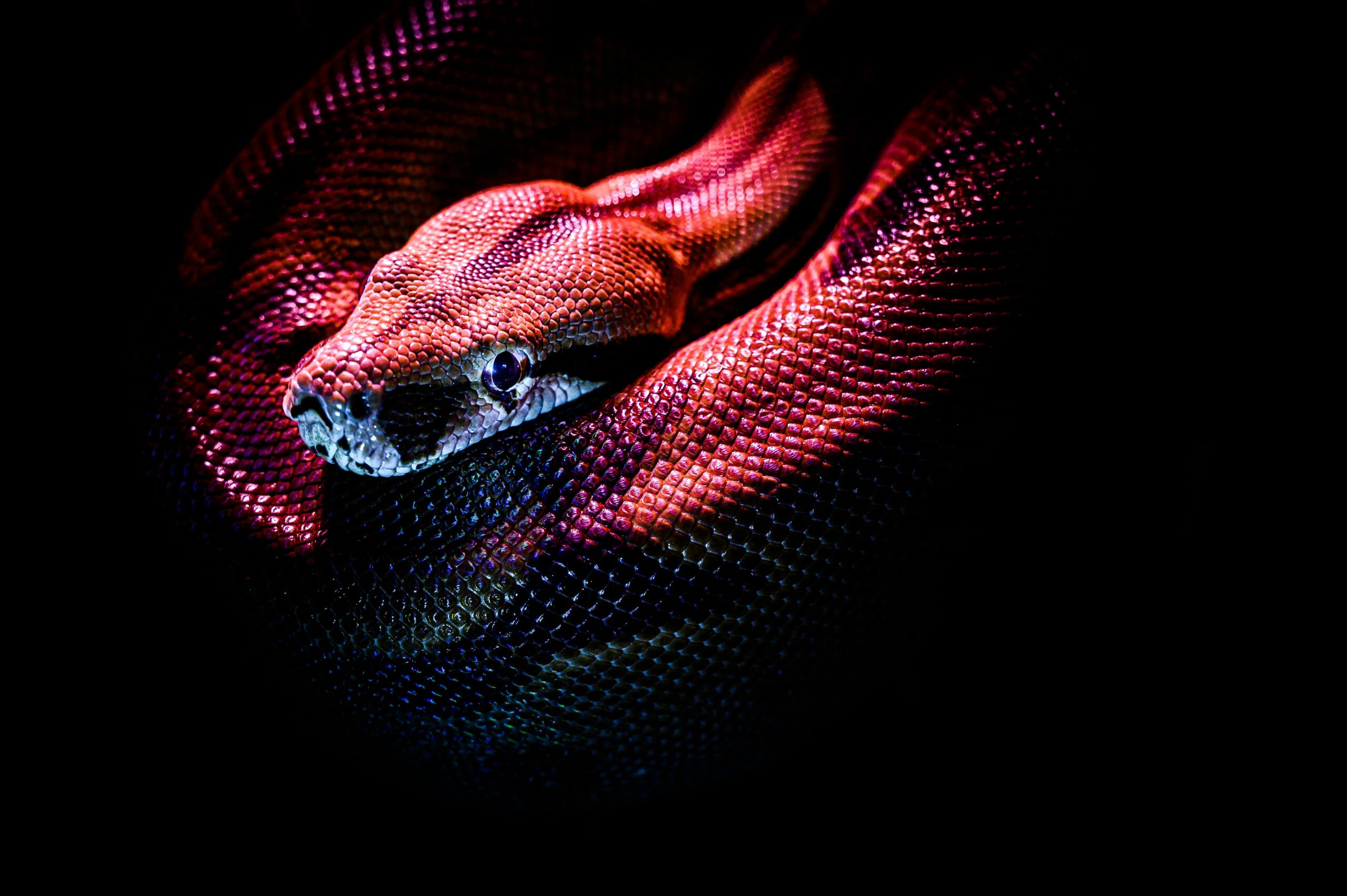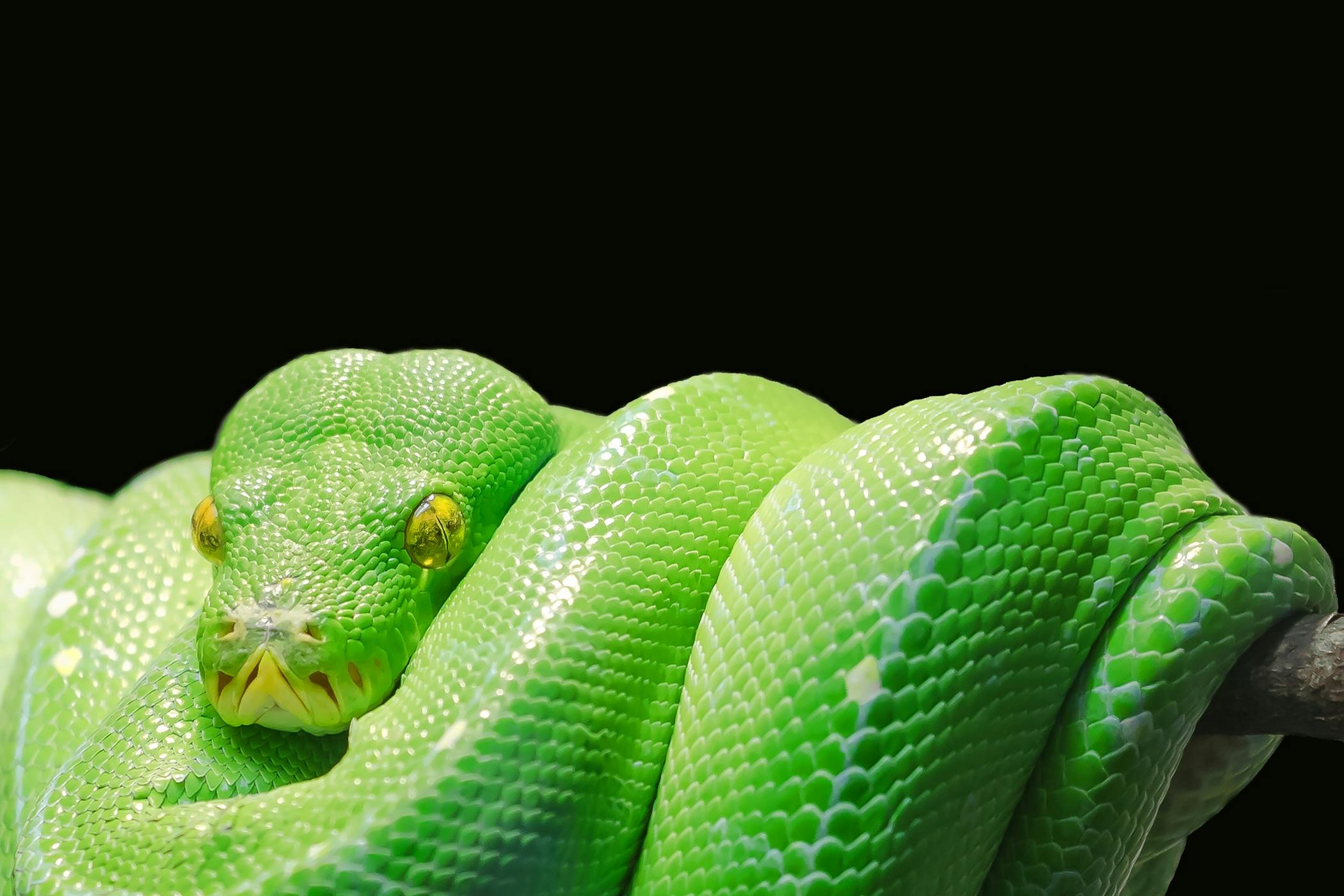Red-Eared Slider Care Guide
Published: February 6, 2024
The redeared slider, a striking 1012″ aquatic turtle adorned with marbled dark green and yellow hues, dark spots on each plastron scute, and the distinctive red stripe behind each eye. Adult females typically surpass males in size. Although native to the southern and southern central regions of the United States, their invasive presence globally ranks them among the world’s 100 Most Invasive Species, according to the IUCN.
Found in ponds, lakes, swamps, and slowflowing rivers, redeared sliders boast a 2030 year lifespan, potentially longer. Despite their hardiness, adaptability, and popularity as pets, they require substantial commitment and consideration due to frequent neglect and illegal release into the wild.
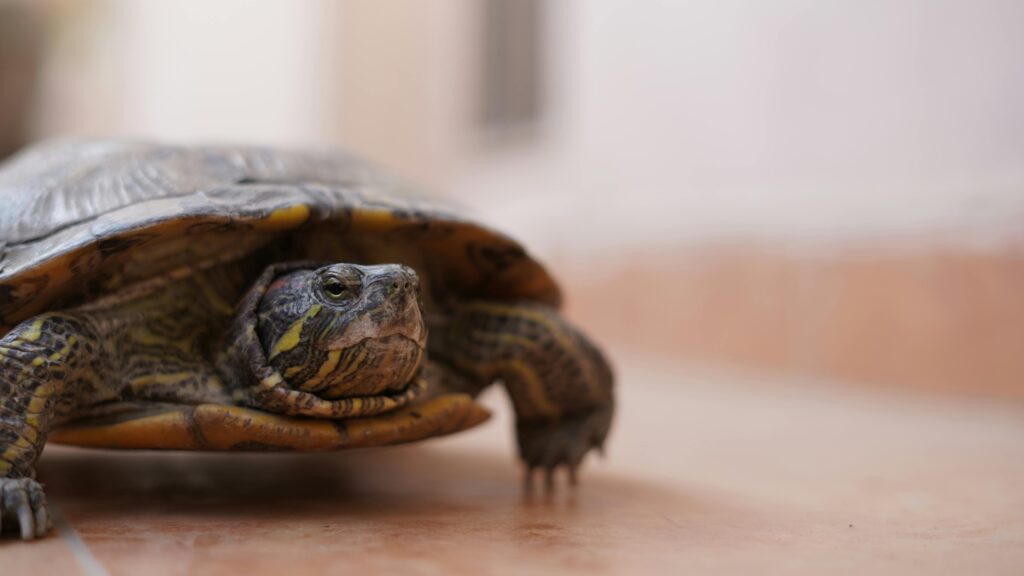
Shopping List:
- Waterland tub, large
- 34” T5 HO forest UVB bulb
- 3446” T5 HO 6500K fluorescent/LED lamp
- 36” T5 HO fixture with reflector, x2
- 90w PAR38 halogen flood bulbs, x2
- Dual dome heat lamp fixture
- Aquarium heater, rated for 200+ gallons
- Plastic heater cover
- Infrared thermometer
- Digital probe aquarium thermometer
- Light fixture chains (for hanging from ceiling), x6
- Extension cords, as needed
- Canister water filter, rated for 400+ gallons
- Filter media
- Siphon
- Surge protector power strip
- Groundfault circuit interrupter (GFCI)
- Play sand (for basking area)
- Misc. décor (substrate, live plants, rocks, wood, toys, etc.)
- Turtle pellets
- Cuttlebone
- Soft toothbrush
Download the Caresheet |
Housing:
Redeared sliders require a spacious enclosure to facilitate thermoregulation, exploration, hunting, and natural behaviors. The guideline is to provide at least 10 gallons of water per inch of shell length. Given their average size of 1012 inches, a minimum of 100120 gallons of water is essential. The enclosure must be watertight and leakproof, achievable through an aquarium, stock tank, or pond. Ponds, whether indoor or outdoor, are generally superior for redeared sliders compared to aquariums.
Can multiple redeared sliders be housed together?
While these turtles are often seen in groups in their natural habitat, replicating this in captivity poses challenges. In smaller indoor setups, bullying may occur, as turtles lack the space to escape each other.
Redeared sliders fare well when housed individually, making it advisable to keep only one per enclosure.
Lighting & UVB for RedEared Sliders:
Diurnal Needs
Redeared sliders, being diurnal creatures, are most active during the day and require exposure to bright light and UVB to maintain optimal mental and physical health. The recommended duration for lighting sources is 12 hours per day.
UVB Lighting
Proper UVB lighting is crucial, and achieving the correct strength (measured by UV Index, or UVI) involves considering distance. For a 48” long enclosure, it is advised to use one 34” Arcadia T5 HO 6% or Zoo Med T5 HO ReptiSun 5.0 in a reflective T5 HO fixture. Hang the lamp from the ceiling to position it 1314” above the basking spot.
While this is an approximation, using a Solarmeter 6.5 is strongly recommended to determine the best placement for achieving a UVI of around 3.0 – 4.0 in the basking area.
Daylight Lighting
UVB bulbs alone may not replicate daylight adequately. Supplement with a bright, 6500K T5 HO fluorescent or LED lamp spanning half to 3/4 of the enclosure. This is particularly important for supporting live plants and the overall wellbeing of your redeared slider.
Suitable choices include the Arcadia Jungle Dawn LED Bar, Bio Dude Glow & Grow, Bio Dude Solar Grow, and the Vivosun T5 HO 6500K grow bulb.
Heating:
Unlike warmblooded humans, redeared sliders are coldblooded and need to move between areas of different temperatures to regulate their body temperature.
Basking Parameters:
- Basking surface temperature: 95104°F (3540°C)
- Basking air temperature: 8590°F (3032°C)
- Water temperature: 7476°F (2324°C)
To create a large, evenlyheated basking area, use two 90w Zoo Med Repti Tuff Splashproof Halogen Lamps and a Zoo Med Combo Deep Dome Dual Lamp Fixture. Hang the fixture from the ceiling to maintain the same distance from the basking platform as other lamps. Adjust temperature as needed using plugin lamp dimmers or higher wattage bulbs.
Measure basking area temperature with an infrared thermometer and water temperature with a submersible digital probe thermometer such as the Etekcity 774 or Zacro LCD Digital Aquarium Thermometer. Indoor ponds should be heated using an aquarium water heater like the 600w Bulk Reef Supply Titanium Heater System, with a plastic cover to prevent accidental burns.
Water Maintenance:
Maintaining clean water is a critical aspect of redeared slider care, not only in terms of temperature but also for overall health. Adequate filtration and regular water changes are essential, making this one of the more costly and laborintensive aspects of their care.
You’ll need a canisterstyle filter with a capacity at least 23 times that of your enclosure’s water volume. For instance, if you have 120 gallons of water, opt for a filter with a capacity of at least 240 gallons, and the Fluval FX6 HighPerformance Aquarium Canister Filter is recommended for a Large Waterland Tub, which can hold up to 200 gallons of water.
Filtering alone isn’t sufficient; regular water changes of 30% every 12 weeks are crucial to prevent the buildup of toxic compounds like nitrates. Use a Python siphon or water pump to facilitate this process, ensuring thorough disinfection if draining into a bathtub or sink.
Basking Platform:
Redeared sliders require a dry basking area in their enclosure. If using a Waterland tub, fill the designated “land” portion with play sand. An ideal basking spot can be created by embedding a flat stone like flagstone or aquarium slate directly beneath the heat lamp.
Avoid conventional turtle basking platforms, as they limit exercise opportunities out of the water, which is essential for semiaquatic pond sliders.
Food:
Redeared sliders are omnivores, requiring a balanced diet of plant and animal matter.
Younger than 1 year:
- 50% protein / 50% vegetables
- Protein food daily
- Vegetable food daily
- Turtle pellets every other day
Older than 1 year:
- 25% protein / 75% vegetables
- Protein food 12x/week
- Vegetable food daily
- Turtle pellets 23x/week
Ensure variety in their diet, including protein sources like crickets, earthworms, and vegetables such as collard greens, kale, and raw grated squash. Omega One Juvenile Turtle Pellets and Tetra ReptoMin are recommended turtle pellets.
Supplements:
Turtle pellets play a significant role in supplementation, but extra calcium is essential. Cuttlebone serves this purpose, preventing calcium deficiency problems like MBD. Place cuttlebone in the enclosure, either whole or in chunks depending on your turtle’s size, ensuring removal of the hard plastic backing. Expect to replace the cuttlebone every 12 months.
Download the caresheet for RedEared Slider |
Recent Posts
- All Post
- care sheets
- guide
- Lizards
- snakes
- Uncategorized
- Back
- Mourning Gecko
- Sandfish skink
- Tegu
- Ackie Monitor lifespan
- Bearded dragon
- Blue Tongue Skink
- Crested Gecko
- Gargoyle Gecko
- Jackson's Chameleon
- Leopard Gecko
- Back
- Ball Python
- Black Rat Snake
- Corn Snake
- Gila Monster
- kenyan sand boa
- Milk Snake
- Back
- lizardscs
- snakescs
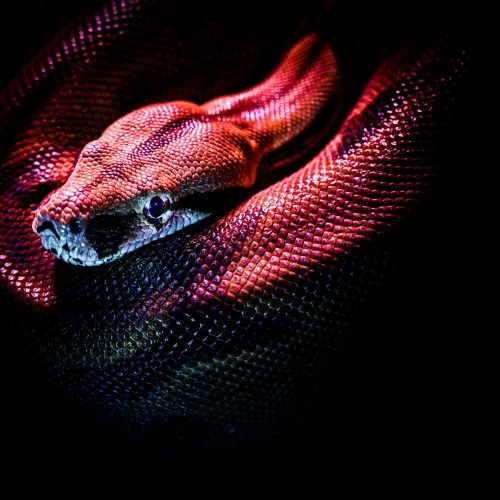
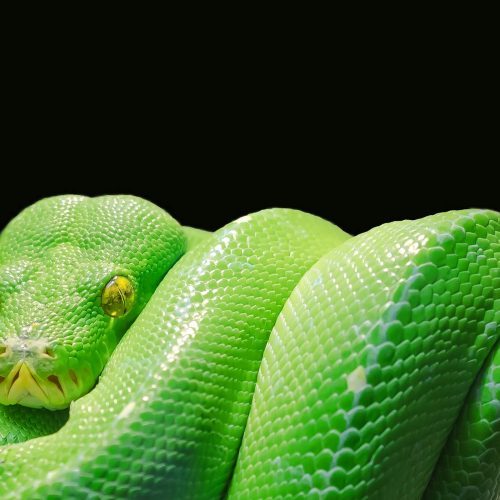
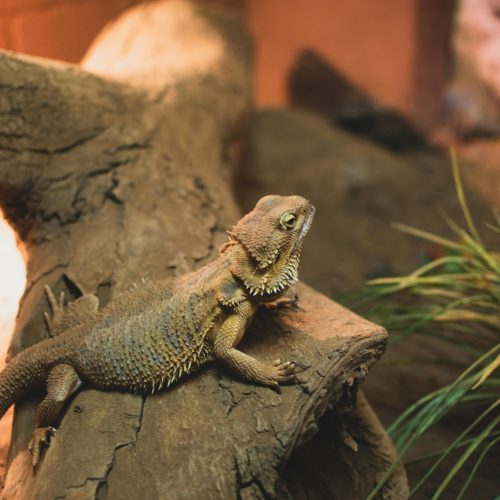
Address
215 Woodland Ave. Manchester, NH 03102
